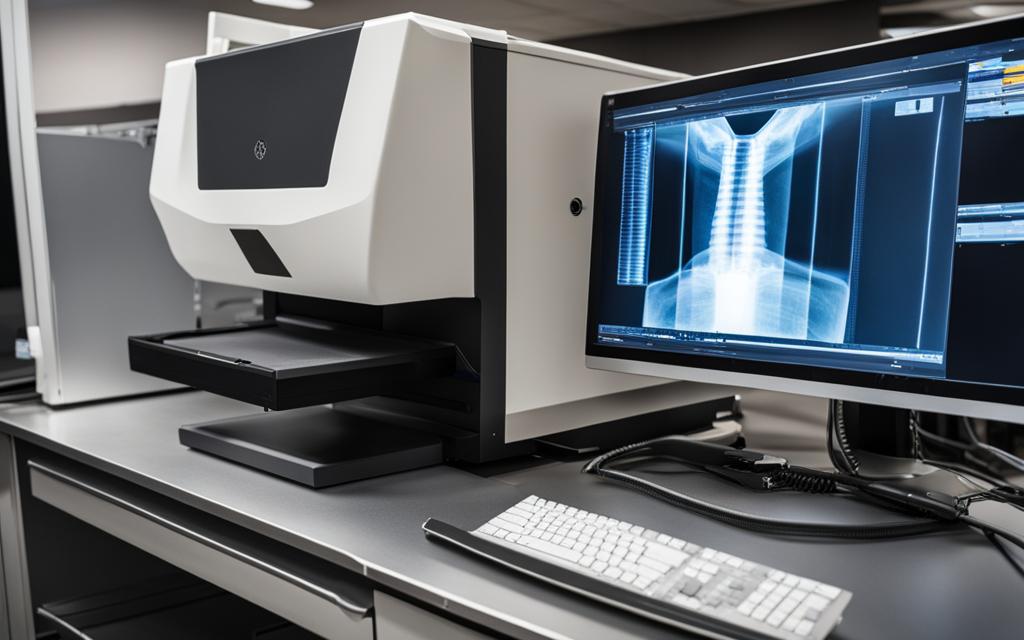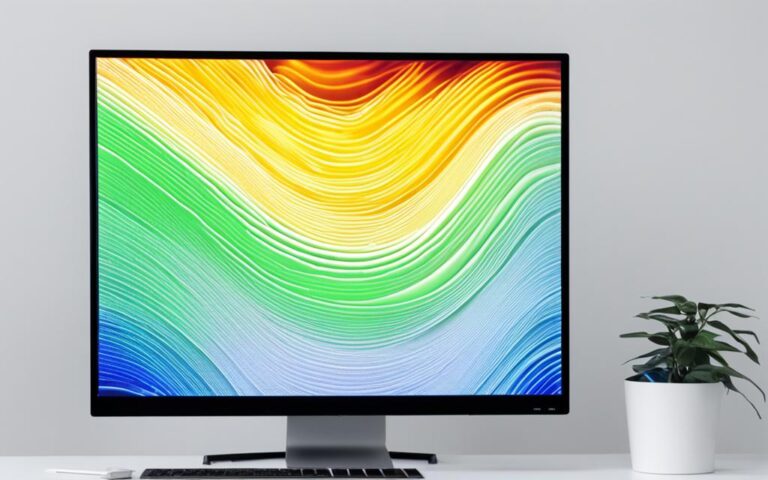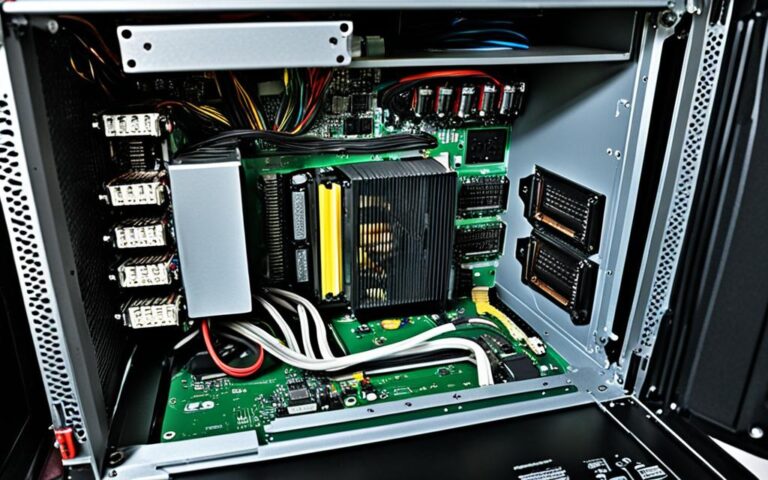Diagnosing Causes of Desktop System Freezes
Desktop system freezes can be frustrating and disruptive, but diagnosing the root cause of these freezes is essential for effective resolution. In this article, we will explore the common causes of desktop system freezes and provide expert insights on how to diagnose and solve the issues. By following the steps outlined in this guide, you will be able to pinpoint the specific issues causing your system freezes and take the necessary steps to resolve them.
If you have ever experienced the frustration of a frozen desktop system, you know how much it can disrupt your work or leisure time. Whether you are in the middle of an important project, playing an immersive game, or simply browsing the web, a frozen screen can bring everything to a halt. But fear not, diagnosing the causes of these desktop system freezes is not as challenging as it may seem. With the right knowledge and tools, you can quickly identify the root cause and get your system back up and running.
In the following sections, we will delve into the common causes of desktop system freezes and provide step-by-step guidance on how to diagnose and resolve these issues. From temperature-related problems to outdated drivers and hardware faults, we’ll cover it all. So let’s get started on the journey to a freeze-free desktop experience.
Common Causes of Desktop System Freezes
Understanding the common causes of desktop system freezes is crucial for diagnosing and resolving the issue. System freezes can be incredibly frustrating and disruptive to your workflow, but by identifying the root causes, you can take the necessary steps to prevent them in the future.
Here are some common causes of desktop system freezes:
- High Ambient Temperatures: Excessive heat can lead to system freezes. When the ambient temperatures rise, the internal components of your computer can overheat, causing the system to freeze. It’s essential to ensure proper ventilation and cooling systems to prevent this issue.
- Outdated or Faulty Video Drivers: Video drivers play a crucial role in rendering graphics on your desktop. If you’re experiencing freezes, particularly during resource-intensive tasks like gaming or video encoding, outdated or faulty video drivers may be the culprit. Updating or reinstalling them can help resolve the issue.
- Faulty Hardware Components: Faulty hardware components, such as a USB hub with a bad contact, can also contribute to system freezes. When a hardware component malfunctions, it can disrupt the overall system stability, resulting in freezes. Identifying and replacing the faulty components is necessary to resolve this issue.
- Overloading the Processor: Overburdening the processor with multiple tasks or excessive multitasking can strain the CPU and lead to freezing. When the processor is overwhelmed with too many tasks simultaneously, it may struggle to process them efficiently, causing the system to freeze. Managing tasks and ensuring proper resource allocation can help alleviate this issue.
By understanding these common causes, you can begin the process of diagnosing and resolving your desktop system freezes. In the next section, we will delve deeper into the diagnostic process, providing you with expert insights on effectively troubleshooting these issues.
| Common Causes | Impact | Solution |
|---|---|---|
| High Ambient Temperatures | Increases frequency of system freezes | Ensure proper ventilation and cooling systems |
| Outdated or Faulty Video Drivers | Freezes during resource-intensive tasks like gaming or video encoding | Update or reinstall video drivers |
| Faulty Hardware Components | Disrupts overall system stability | Identify and replace faulty hardware components |
| Overloading the Processor | Strains the CPU and leads to freezing | Manage tasks and ensure proper resource allocation |
Diagnosing System Freezes
When diagnosing system freezes, the key to finding a solution lies in collecting relevant diagnostic data. By systematically analyzing this data, you can pinpoint the root cause of the freezes and troubleshoot effectively. Here are some essential steps to diagnose system freezes:
1. Test the Memory
Using tools like MemTest86, you can evaluate the memory for any potential issues. This test helps identify if hardware-related problems or high temperatures are contributing to the system freezes.
2. Monitor System Sensors
Software such as OpenHardwareMonitor allows you to keep a close eye on system sensors. By monitoring temperature levels, you can determine if overheating is causing the freezes. Overheated components can often lead to system instability.
3. Run Stress Tests
Tools like MSI Afterburner or MSI Kombustor help you assess the stability of your system under heavy load conditions. By running stress tests, you can identify if your system freezes occur mainly during resource-intensive tasks.
4. Review Event Logs
Take advantage of event logs to gain valuable insights into your system freezes. By examining these logs, you may find patterns or specific events that coincide with the freezes, helping you isolate the root cause.
5. Perform Performance Checks
Tools like Perfmon enable you to conduct performance checks on your system. By analyzing data such as CPU usage, disk activity, and memory consumption, you can identify any bottlenecks or anomalies that could be triggering the freezes.
Collecting and analyzing diagnostic data using these steps will enable you to narrow down the possible causes of system freezes and facilitate efficient troubleshooting. By taking a systematic approach, you can eliminate guesswork and find an effective solution to ensure your system operates without interruptions.
In the next section, we will delve into the troubleshooting techniques and steps to resolve system freezes once you have diagnosed the underlying issues.
Troubleshooting and Resolving System Freezes
Once you have identified the root cause of the system freezes, it is time to troubleshoot and resolve the issues. There are several effective methods you can employ to address system freeze problems and restore the smooth operation of your desktop.
1. Remote Access Solutions
If your computer is frozen but still running, you can try accessing it remotely through remote desktop connections or by utilizing hardware manufacturer’s remote access solutions. This allows you to troubleshoot and diagnose the issue without physically interacting with the frozen machine.
2. Network Connectivity and Administrative Shares
Testing network connectivity and accessing administrative shares can provide valuable information in troubleshooting system freezes. By checking the network connection and ensuring proper access to administrative shares, you can identify any network-related issues that may be contributing to the freezes.
3. Review System and Application Logs
For computers that are no longer frozen but have experienced freezes in the past, reviewing system and application logs can help pinpoint the underlying causes. By analyzing the logged events and error messages, you can gain insights into potential software conflicts or system errors that led to the freezes.
4. Generate System Diagnostics Reports
Generating system diagnostics reports can provide a comprehensive overview of the health and performance of your system. These reports can help identify any hardware-related issues, such as faulty components or inadequate resource allocation, that may be causing system freezes.
5. Utilize Performance Monitoring Tools
Performance monitoring tools can assist in diagnosing system freezes by providing real-time data on resource usage and system performance. By monitoring CPU, memory, and disk activity, you can identify any irregularities or spikes that could be contributing to the freezes.
It is crucial to follow the recommended troubleshooting methods and collect the necessary data to effectively diagnose and resolve system freezes. By utilizing these strategies, you can restore the stability and functionality of your desktop system.
Troubleshooting Steps for System Freezes
| Step | Description |
|---|---|
| 1 | Access frozen computers remotely through remote desktop connections or manufacturer’s solutions. |
| 2 | Test network connectivity and access administrative shares to identify network-related issues. |
| 3 | Review system and application logs to pinpoint potential software conflicts or system errors. |
| 4 | Generate system diagnostics reports to identify hardware-related issues. |
| 5 | Utilize performance monitoring tools to monitor resource usage and system performance. |
Conclusion
In conclusion, resolving system freeze issues requires a systematic approach to diagnose and tackle the underlying causes. By following the steps outlined in this article, you can effectively identify the factors contributing to desktop system freezes. Whether it’s high ambient temperatures, outdated drivers, faulty hardware, or excessive multitasking, understanding the root cause is essential for a successful resolution.
Collecting relevant diagnostic data, such as testing memory and monitoring system sensors, is crucial in pinpointing the specific issues causing the freezes. Additionally, utilizing appropriate troubleshooting methods and considering professional assistance when needed are key to addressing system freeze problems effectively. By implementing these strategies, you can ensure smooth and uninterrupted desktop operation.
Remember, resolving system freeze issues is a continuous process, as new factors or updates can potentially cause future freezes. Stay vigilant and proactive in maintaining your system’s stability. With the insights gained from system freeze diagnostics, you can take the necessary actions to keep your desktop running optimally and avoid the frustrations of system freezes.












